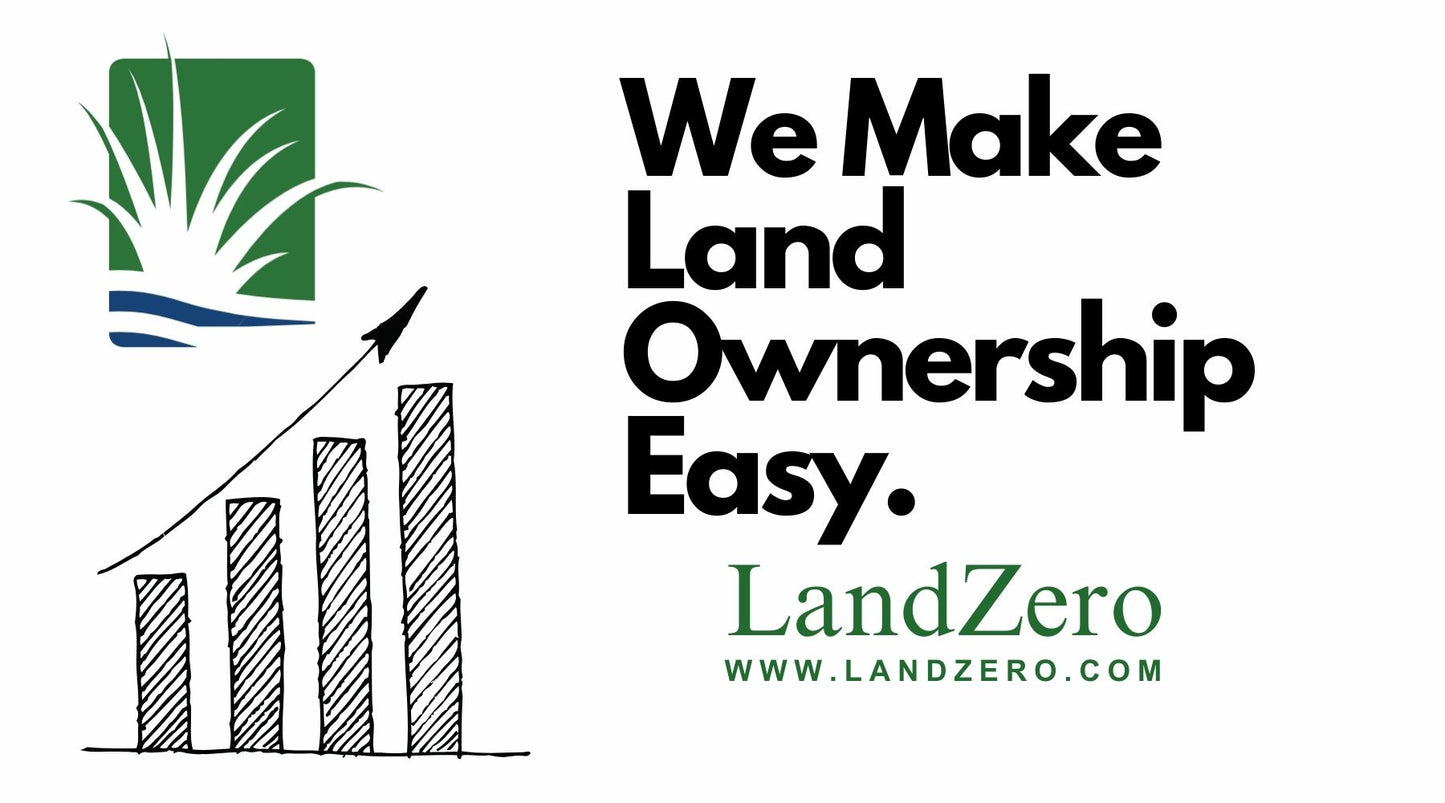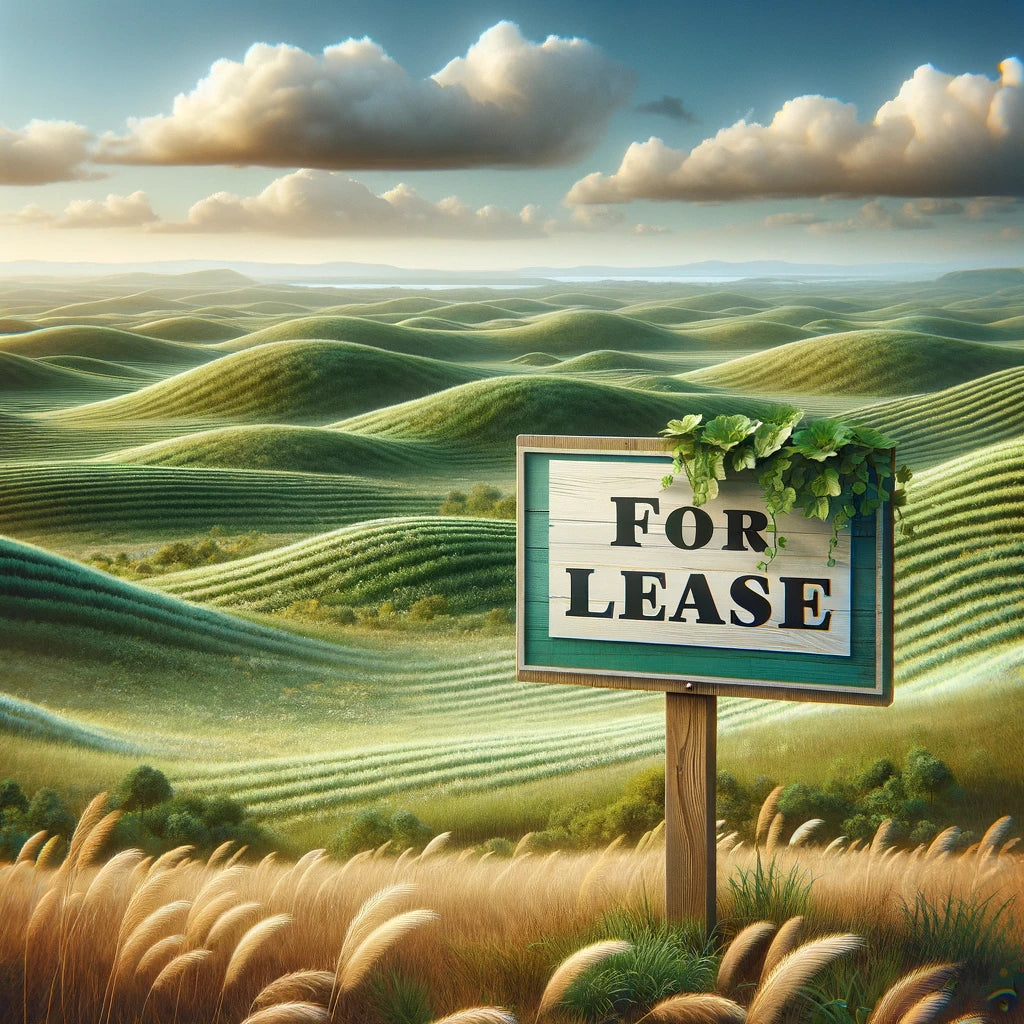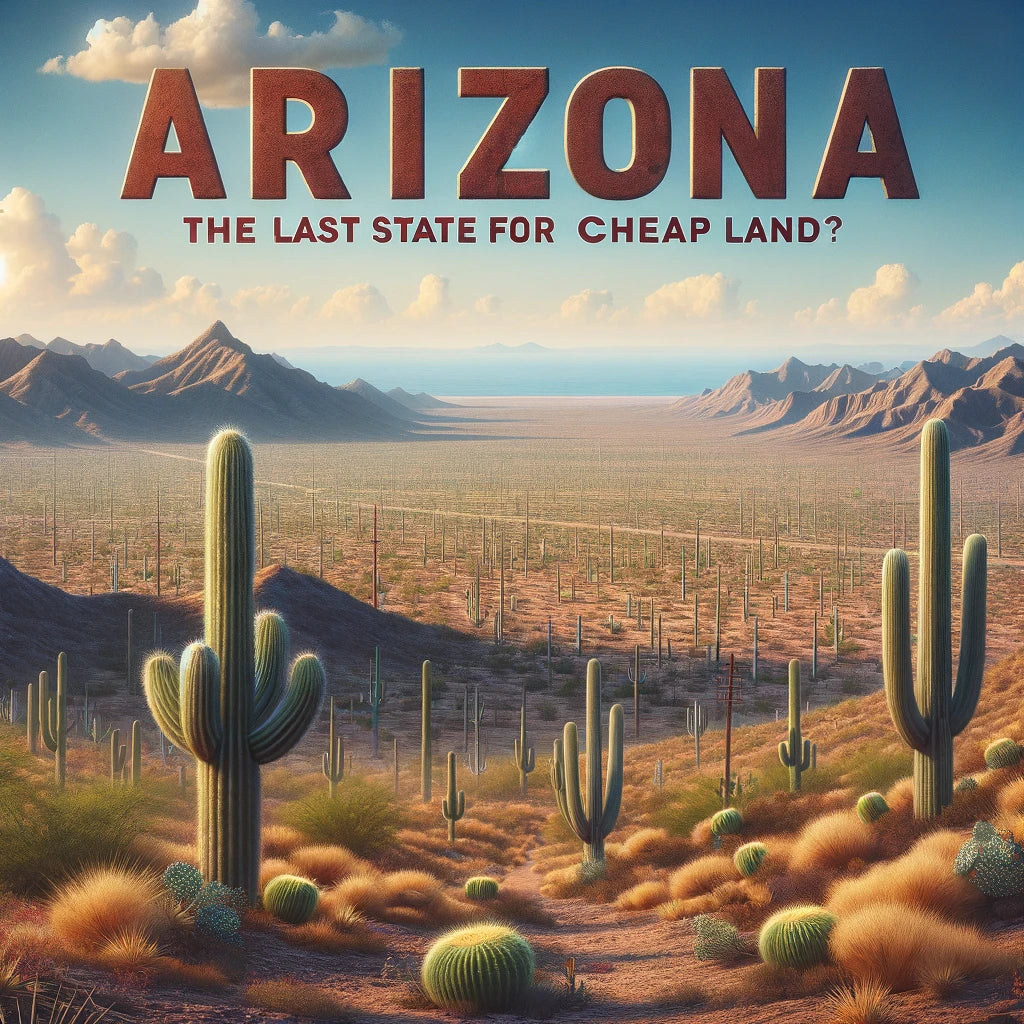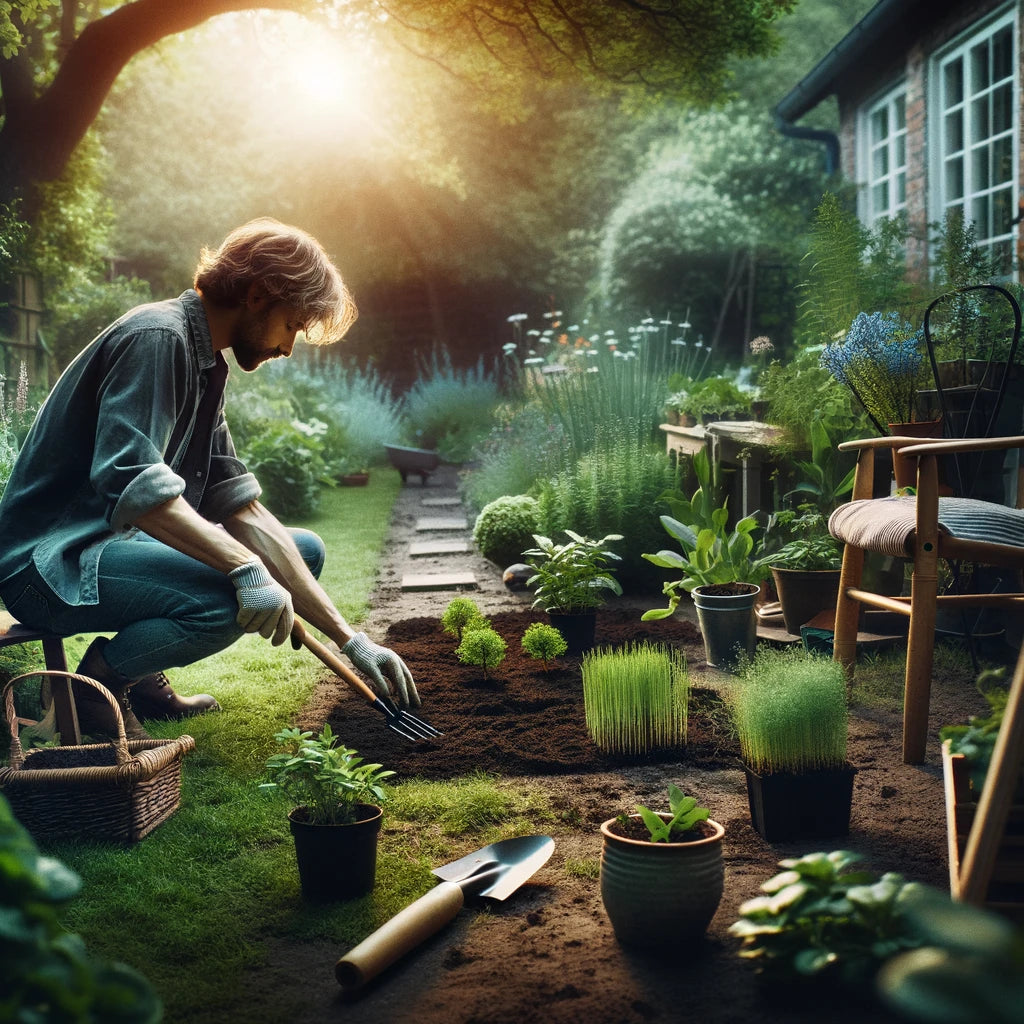
Land anchors the essential life-supporting components of the earth, which include air, temperature and water, and provides the platform to build industries and residential structures, be it condos or townhomes.
There are many great reasons to buy land, but it’s very possible to buy a tract that doesn’t suit your needs or desires. Land is indispensable, and its quality is critical to its efficient use. Key factors that determine land use as a vital resource include soil and water conditions.

Soil | Formation and Classification
Soil is the thin layer of loose material that covers the earth's surface, formed due to rock weathering. During the process, large rock masses are broken down into smaller fragments as the cohesive forces between their particles diminish as influenced by the parent material, climate, organisms, topography and time. The resulting soil is primarily composed of the following:
- Mineral components
- Organic matter
- Air
- Water
- Living things
These components interact to form a spectrum of soil types with varying properties. The physical, chemical and biological properties of the soil type in a land largely determine how and for what purpose it is used. For this reason, one of the best tips for first-time property investors is to check the soil quality.
Soils may be classified by texture, structure or organic and mineral compositions. However, generally, soils fall under the following classes:
Sandy Soil
Sandy soil is typically coarse-textured and has little water-holding capacity and few nutrients. As a result, it is not preferred for growing crops. However, due to its high infiltration rate, it finds practical applications in drainage systems.
Silty Soil
Silt is known to have much smaller particles than sandy soil. Its smooth and fine texture confers a better water-holding capacity than sand, making it suitable for growing crops.
Clay Soil
Compared to the other classes of soil, clay has the tiniest particles. There is little or no airspace between its particles, and it does not drain well. It is dense and sticky when wet and is often used in construction and pottery.
Loamy Soil
Loam combines sand, silt and clay so that the advantageous qualities of each are present. For instance, it can hold onto nutrients and moisture, making it ideal for cultivation. Due to the equilibrium of all three types of soil materials and the presence of humus, loamy soil is viable agricultural soil.

Water Table | Level and Implications
As rain soaks the ground, water is pulled down by gravity until it reaches a level where it fills the crevices between the soil particles. This pool forms a natural reservoir of underground water called the zone of saturation, leaving an upper porous zone called the zone of aeration. The boundary between the zone of aeration and the zone of saturation is called the water table. This boundary is not fixed — it varies as influenced by any of the following factors:
- Geology of the land
- Weather or climatic conditions
- Overlaying vegetation
- Extraction for industrial or domestic purposes.
Despite the variation in water table levels, land is generally considered to have a high or low water table, which has several implications for its use.
High Water Table
Where the water table is high, water may seep through the foundation of buildings, causing structures such as walls and decks to shift. On the contrary, a high water table might be advantageous for crops when upward capillary movements from the water table increase the water supply to the roots during times of low rainfall.
Low Water Table
Lands with a low water table are generally more suited for construction. This is because there are no risks to the foundation. Using these lands for cropping will require more irrigation efforts.
Relationship Between Soil Type and Water
The water and soil conditions must align for land to be used to its maximum potential. Water retention, permeability and infiltration of water are key factors that are modulated by specific soil characteristics to determine the interplay between soil and water. These soil characteristics include:
Soil Texture
Soil texture refers to the proportion of small, medium, and large particles in a given soil. Sand is coarse soil. Loam, silt, or silt is medium soil, while sandy clay, silty clay or clay is fine soil. Generally, soils with more silt and clay-sized particles may hold more water. Soils with richer organic matter have a better capacity for retaining moisture.
Soil Structure
Soil structure is the arrangement of soil particles into aggregates. These aggregates can form consistent patterns or may be loose and friable. A good structure promotes water infiltration and increases the soil's water-holding capacity.
Soil Porosity
Soil porosity refers to pore spaces between soil particles, which water infiltrates under the influence of gravity. Coarser soils have a higher infiltration rate than fine soils because of their wide pore spacing.
How Your Land Can Benefit From a Drainage System
Excess water is harmful to crops and structures. Whether they are the surface type or subsurface type, drainage systems are essential because they provide a means for excess water to exit the land. Here's why they are so important:
Improve the Properties of the Soil
Drainage systems will prevent pooling which will otherwise cause blockage of the pore spaces and consequent disruption of its water-holding capacity and infiltration. This disruption may adversely affect soil structure leading to an overall decrease in soil quality.
Prevent Soil Erosion
Soil erosion is a severe problem for most susceptible lands, leading to loss of soil nutrients and disruption of surface architecture. Drainage systems will channel this water away from the land to prevent the adverse effects of erosion.
Prevent Damage to Property
By keeping excess water away from your building, a drainage system can prevent damage to your foundation, floors or walls.
Keep Plants Healthy
Plants require adequate drainage to stay healthy. When water pools, there is reduced aeration and decomposition, affecting plant growth.

Tips for Improving Water and Soil Conditions
Proper soil and water conditions are essential for efficient land use, and there are ways to improve conditions on your land.
Add Organic Matter
When incorporated into the soil, organic matter produces a spongy texture that increases soil water-holding capacity and provides needed pore space, slowing the drainage rate and increasing water-holding capacity. Organic matter may be added to soils in the forms of manure, compost, composted sawdust, peat moss and peat humus.
Adjust Soil pH
Extraordinarily acidic or alkaline soils bind plant nutrients, limiting their use to plants. Adding lime (ground limestone) helps neutralize acidity, while aluminum sulphate, sulphur or urea can neutralize highly alkaline soils.
Good Water and Soil Conditions Will Help To Improve Your Land's Quality for Effective Use
Land is a prime source of wealth and is of immeasurable use to humankind. Land's water and soil conditions are vital factors that determine its usefulness. A good understanding of these factors and how they interact will provide a platform to make better land management and modification decisions.





